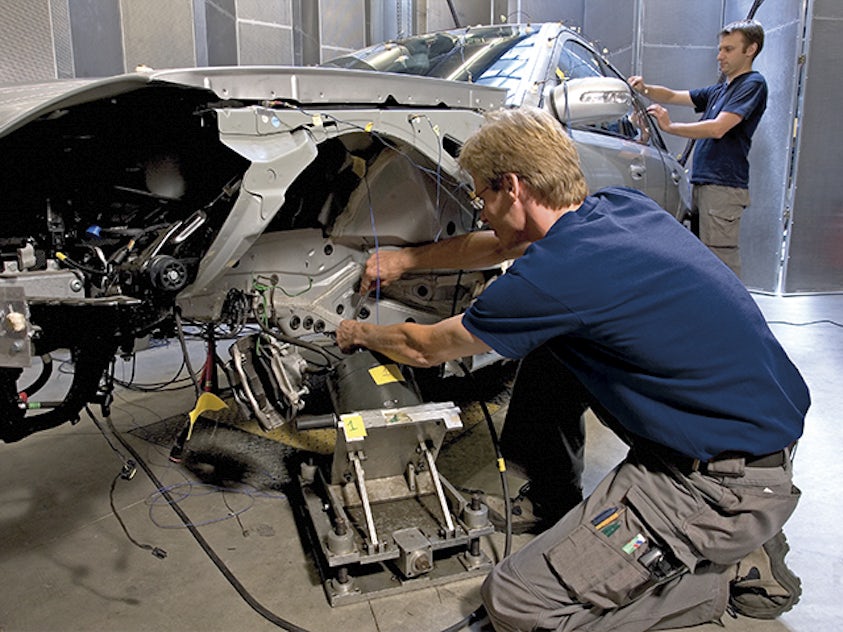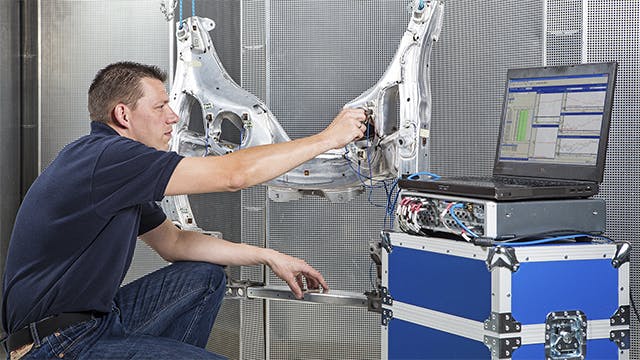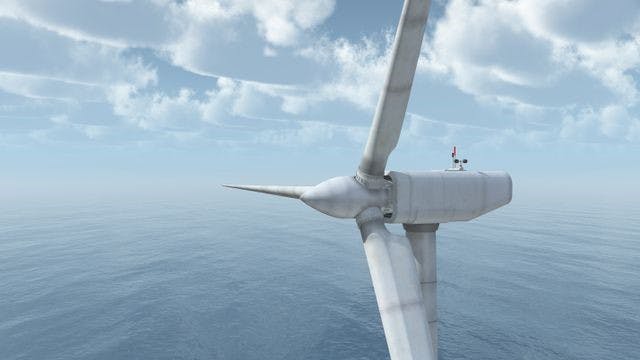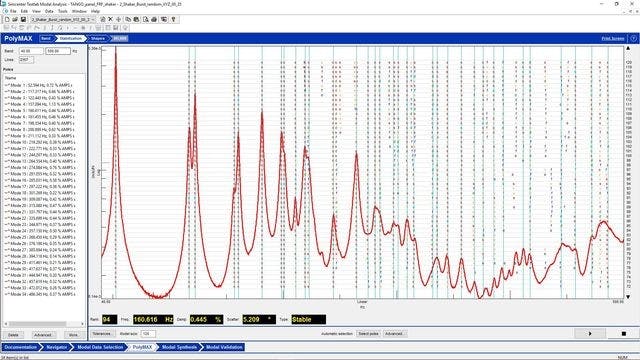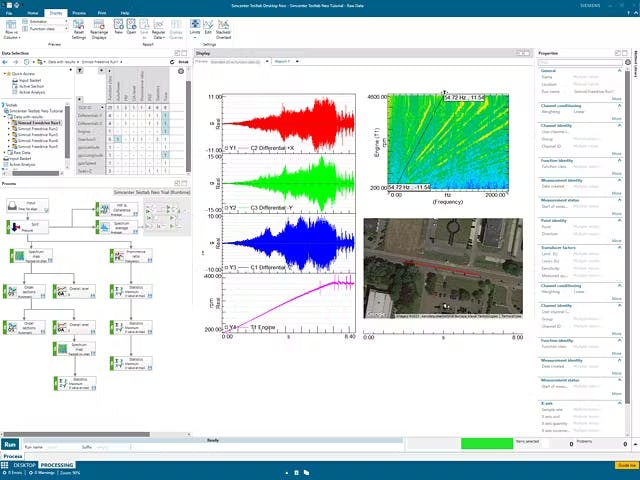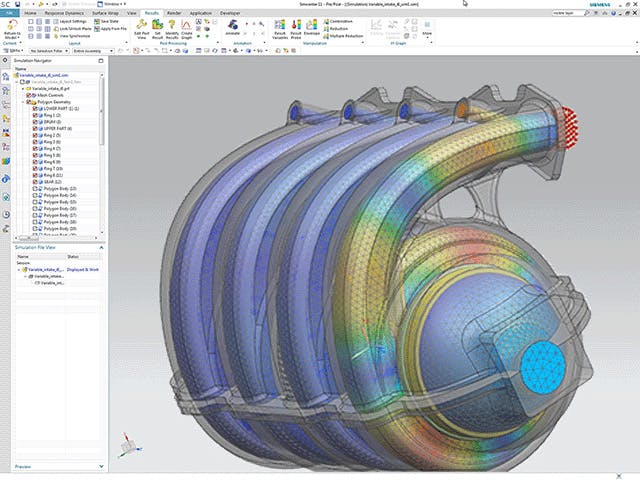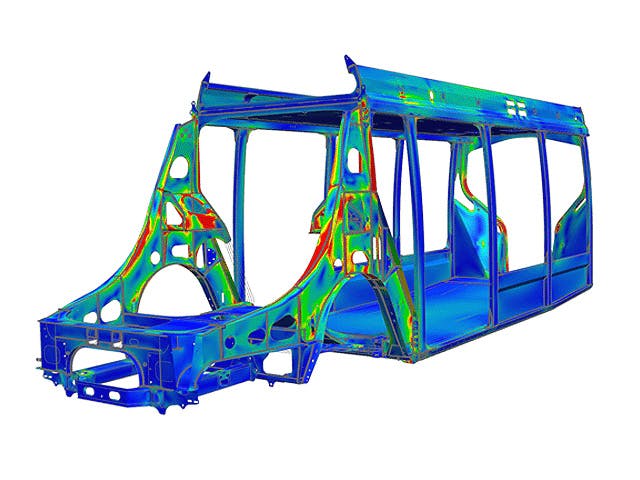Modální analýza je studium dynamických vlastností lineárních struktur na základě strukturálního testování nebo simulace založené na analýze konečných prvků. Mezi tyto dynamické vlastnosti patří rezonanční frekvence (nazývané také "vlastní frekvence" nebo "vlastní frekvence") a strukturální tvary (neboli "vlastní tvary"). Dynamické vlastnosti závisí na hmotnosti, tuhosti a rozložení tlumení konstrukce a určují chování konstrukce při vibracích vystavených provoznímu zatížení. Každá deformace lineárního konstrukčního systému může být vyjádřena jako lineární kombinace konstrukčních tvarů, které tvoří ortonormální vektorovou bázi.
Modální testování kombinuje sběr dat s další analýzou. V průmyslové aplikaci se celý proces často nazývá modální testování a analýza nebo experimentální modální analýza (EMA).
Výsledky modálního testování a analýzy se používají v různých simulačních a testovacích aplikacích, včetně výpočtů odezvy na vibrace, analýzy hlavních příčin problémů s vibracemi a detekce poškození. Tyto výsledky také zvyšují flexibilitu analýzy více těles a urychlují odolnost a vibroakustické simulace. Modální výpočty jsou velmi efektivní a umožňují efektivní vyhodnocení strukturálních změn odezev jakéhokoli druhu.
Související produkty: Simcenter Testlab | Simcenter 3D | Simcenter Nastran
